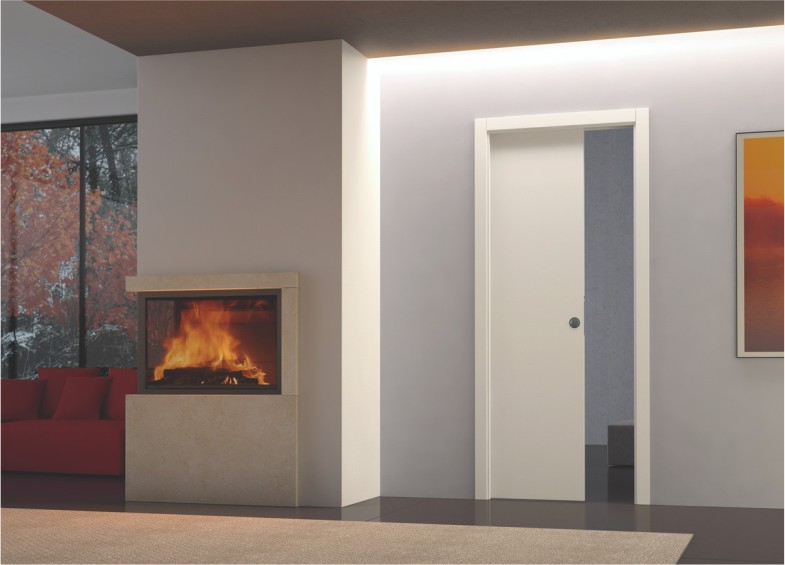What Is The Difference Between Sliding Doors And Pocket Doors?
When you need to save space in a property or you want to close off a space temporarily or on an occasional basis, the pocket door provides the perfect solution. The pocket door is a traditional interior design feature enjoying a 21st century renaissance, but the sliding door – often also known as a barn door – works on a very similar principle and offers many of the same benefits. The key differences are in the installation process and the aesthetic appeal.
The great benefits of the pocket door

We all know that space can be at a premium in a busy family home, or we may have ambitious home improvement plans which require a few extra inches of space. The pocket door is the ideal solution to this because it can save up to ten square feet of space in a room compared to a traditional hinged door. This is because the traditional hinged door opens into a room and hence uses the space immediately in front of it. Alternatively, the pocket door opens along an overhead rail and disappears into a wall recess – known as the ‘pocket’ – when it is fully open. This means it opens along the same orientation and so doesn’t protrude into the room, thus opening up dead space.
This is the main benefit of the pocket door, and the sliding door effectively offers the same benefit, but let’s understand a little bit more about the sliding door.
What is a sliding door?
A sliding door works in very much the same way as the pocket door, except that the overhead rail runs on the outside face of the wall, so that the door opens along the adjacent wall rather than with the pocket door, which runs ‘into’ the adjacent wall.
This means that when the sliding door is open it sits outside the wall and is always visible. However, it still provides the space-saving qualities you desire and, like the pocket door, opens up great possibilities for what you can do with the room.
What are the differences between a sliding door and a pocket door?
- Visibility – the key difference with a sliding door is that not only is the door itself visible when it is in the open position, but so too is the overhead rail. With a pocket door, the system works on a frame, which is completely concealed both above the door and in the ‘pocket’. The overhead rail is invisible, and so too is the door when it is completely open.
- Appearance – it is true that both the sliding door and the pocket door are a statement feature which give the ‘wow’ factor in a room. However, the pocket door can mimic the traditional door more closely than a sliding door. This is because you can use traditional architrave for a pocket door. Architrave is like skirting board for a door frame, it hides joints and cracks and provides a neat finish. However, because a sliding door runs across the door frame and along the adjacent wall, it will knock any architrave that is fitted and hence the pocket door looks more like a traditional door when it is installed. The pocket door does offer versatility, however, and if you want to go for a very contemporary look with no architrave, you can opt for a Syntesis flush system for your pocket door.
- Installation – the installation process for a pocket door is a little more complicated than with a sliding door. With a sliding door you just need to fit the overhead rail along the width of the door and a similar length along the adjacent wall. With a pocket door, you need to put the frame together and then install it in the pocket. If this is a stud wall the process is relatively straightforward, and the fact that the whole system is concealed afterwards makes this worth the effort.
Contact MB Direct for expert help in choosing a pocket door
Our range of pocket door systems offers you everything you need to suit the aesthetic qualities of your home and also the size requirements. Pocket doors and sliding doors are similar in that they each require double the width of the actual door in order to be installed and operated. This is because you need to allow for the door width along the wall in question in both the closed and opened positions.
The pocket door has succeeded as a neat, minimalist and unfussy alternative to the sliding door, mainly because it completely disappears when opened, and this has valuable appeal to many people. So contact our team at MB Direct and we can advise on the pocket door size and style requirements which could suit you.